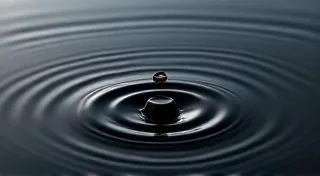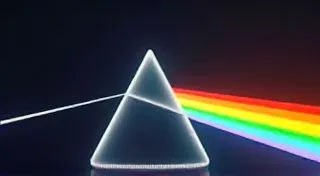The Cartographer of Absence: Tracing Faded Ink on Antique Ribbons
There’s a quiet melancholy that clings to antique typewriters. It's a fragrance of forgotten letters, of deadlines met and stories untold, now suspended in the dust and the dim light of a collector's shelf. And nowhere is this melancholy more poignant than in the faded ink of a ribbon – a silent witness to the ephemeral nature of creation. To work on these ribbons is not simply a restoration, it's an act of respectful archaeology, of charting a disappearing landscape. Think of the cartographer, painstakingly mapping a coastline eroded by relentless waves. We, too, are charting the absence, the loss of vibrancy, understanding that perfection is an illusion, and that beauty often lies within the trace of what was.
My own fascination began, as so many do, with a serendipitous discovery. I stumbled upon a 1920s Underwood, its keys stiff and reluctant, its ribbon a ghost of its former self. The first few strokes yielded little more than a faint whisper on the paper, a frustrating hint of potential. I was driven not by a desire to *fix* it, but to understand it - to hear what that ribbon was trying to tell me. That ribbon, it turned out, held a story far richer than the ink it once held.
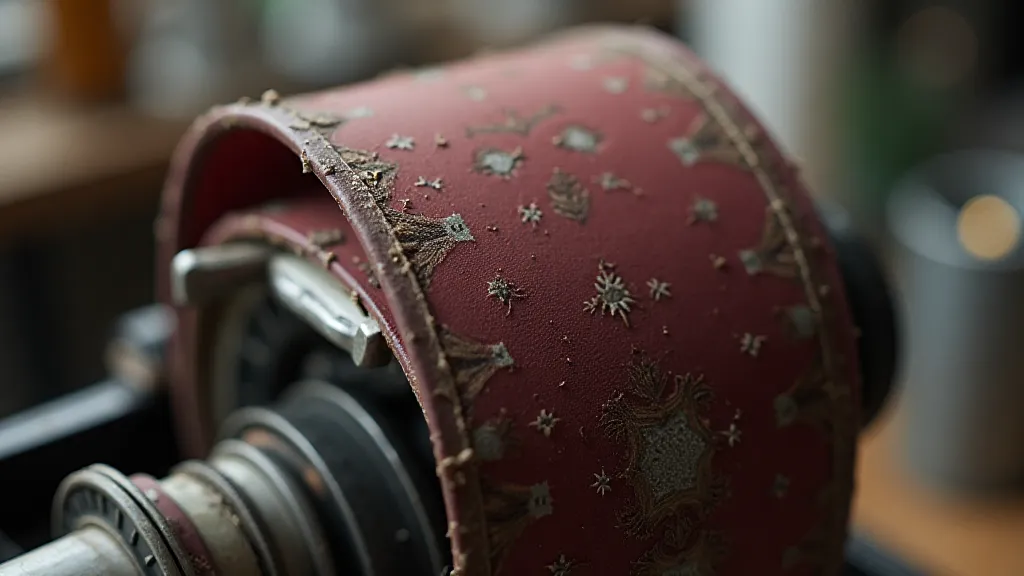
The Chemistry of Loss: Understanding Ink Degradation
The ink used in antique typewriter ribbons wasn’t formulated with the longevity in mind that we expect today. Early ribbons typically employed dyes rather than pigments, making them inherently susceptible to fading. Light is the primary culprit – UV radiation breaks down the dye molecules, rendering them colorless. Oxygen and moisture accelerate this process, while acidic paper, common in earlier decades, further contributes to the deterioration. Heat isn’t as significant, but prolonged storage in fluctuating temperatures can still have an impact.
It’s important to recognize that “fading” isn’s a uniform process. Different colors fade at different rates. Reds and purples, being more vibrant and complex, generally suffer the most dramatic losses. Blacks and blues tend to hold up slightly better, although even they are not immune. The type of ink used also plays a crucial role. Some manufacturers used cheaper, less stable dyes, while others invested in slightly more durable formulations. Tracing the manufacturer and the approximate date of the ribbon can offer clues about its initial quality. Understanding how ribbon dyes have evolved over time, a subject explored in detail in “Echoes in Cyan: Capturing the Spectral History of Ribbon Dye,” can offer profound insight into why certain colors degrade so rapidly. This evolution isn’t just about chemical composition; it's inextricably linked to the evolving demands of writers and the stories they were striving to capture.
Gentle Intervention: Assessment and Stabilization
The first step in dealing with a faded ribbon is careful assessment. Don’t rush to drastic measures. Examine the ribbon under good lighting, noting the extent and pattern of the fading. A magnifying glass is essential. Is the fading uniform across the entire width, or are there areas of heavier loss? Are there signs of physical damage, such as cracking, brittleness, or ink bleed?
Before attempting any intervention, stabilization is paramount. This often involves cleaning the ribbon, very gently. Dust and surface grime can further obscure the remaining ink and contribute to its degradation. Use a soft, clean brush and a specialized cleaning solution designed for delicate paper or textiles – distilled water is often sufficient. Avoid harsh chemicals, as these can irrevocably damage the ribbon. The subtle marks left by these faded ribbons can speak volumes, and the appreciation of these “Shadows of the Keys: Interpreting the Marks of Ribbon Decay” can unlock a deeper understanding of the typewriter’s legacy.
The Art of Compensation: Techniques for Ink Revival (With Caution)
The prospect of “reviving” faded ink is fraught with peril. True restoration – bringing the ribbon back to its original vibrancy – is virtually impossible. However, subtle compensation techniques can sometimes be employed to improve legibility and enhance the overall appearance.
One approach involves carefully applying a complementary ink. This is not about trying to replace the lost ink, but rather to subtly fill in the gaps and create the illusion of greater density. The key is subtlety. The applied ink should be slightly darker than the existing faded ink, and its color should complement it – a touch of burgundy to a faded maroon, for example. This should be done with the finest brush imaginable and applied with the utmost precision. It’s a delicate balancing act; overdoing it can result in a garish and unnatural appearance.
Another, less invasive technique, involves adjusting the lighting and contrast during photocopying or scanning. Sometimes, a seemingly faded ribbon reveals surprising detail when photographed under specific lighting conditions. Experiment with different filters and settings to maximize the captured information. The failures, the imperfections – they are as valuable as any supposed success. Sometimes, a creative reimagining of these failures, as explored in “Ink Bloom: Reimagining Ribbon Failure as Opportunity in Creative Writing,” can unlock unforeseen artistic potential.
Preservation for Future Generations: Best Practices for Storage
Preventing further degradation is just as important as attempting any form of restoration. Proper storage is crucial. The ideal environment is cool, dark, and dry. Avoid direct sunlight and fluctuating temperatures.
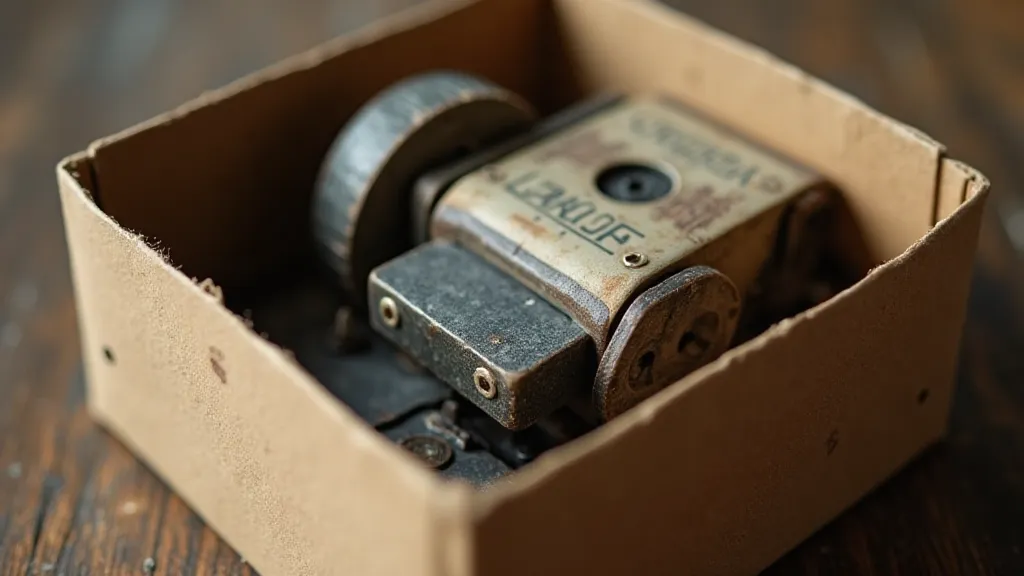
Store the ribbon in an acid-free archival box or sleeve, away from other materials that could contribute to its degradation. Use acid-free tissue paper to protect it from dust and abrasion. Consider using desiccant packets to absorb any residual moisture. The journey of a typewriter ribbon, from its creation to its eventual fading, is a testament to the relentless march of time. Understanding the nuances of its decay allows us to appreciate it more fully.
Beyond Restoration: The Collector’s Perspective
For the dedicated collector, a faded typewriter ribbon is not a failure but a treasure. It’s a tangible link to the past, a silent witness to a specific time and place. A ribbon’s imperfections tell a story – a story of use, of preservation attempts (or lack thereof), of the passage of time. The value isn’t solely about its vibrancy but about its rarity, its provenance, and the narrative it embodies. It’s about connecting with the stories whispered from the keys, the echoes of voices long gone.
Understanding the history of typewriter ribbons – the evolution of ink formulations, the changing manufacturing techniques, the impact of technological advancements – adds another layer of appreciation. Each faded ribbon is a unique artifact, deserving of respect and careful stewardship. The stories they hold aren't always clear, requiring careful interpretation and a deep understanding of the context in which they were created, a perspective often explored through “Shadows of the Keys: Interpreting the Marks of Ribbon Decay.” These interpretations can reveal surprising details about the writers, the eras, and the technology that shaped their work.
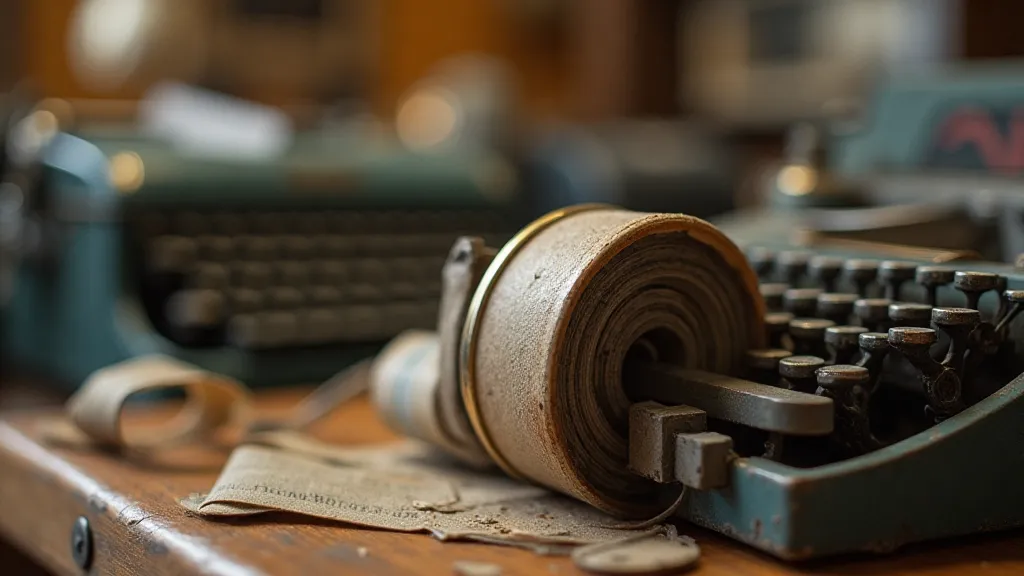
The collection itself is a microcosm of history, a tangible representation of evolving technologies and changing cultural aesthetics. The value extends far beyond the monetary; it's about preserving a piece of our collective memory.
The Ongoing Dialogue: Technology, Creativity, and Decay
Typewriter ribbons exist in a fascinating interplay of technology, creativity, and inevitable decay. The limitations imposed by early ribbon technology often spurred innovation in writing styles and storytelling techniques. Writers adapted to the challenges of faded ink, devising clever ways to convey meaning and emotion within the constraints of the medium. This dance between writer and technology continues to fascinate and inspire. The deliberate embrace of imperfection can often unlock surprising creative pathways, demonstrating that the most compelling narratives are often forged in the crucible of limitation. Examining the physical characteristics of these ribbons - their color variations, their fading patterns, and their structural integrity - offers a unique lens through which to view the evolution of both the technology and the art it facilitated.
Working with the Past: A Reminder of Our Place in Time
Working with antique typewriter ribbons is a humbling experience. It’s a reminder that time is relentless, and that even the most meticulously crafted objects are subject to the ravages of decay. But it’s also an opportunity to connect with the past, to appreciate the beauty of imperfection, and to play a small part in preserving a piece of our cultural heritage. To chart the absence, to trace the faded ink – that is the true reward. It's a lesson in impermanence, a meditation on the fleeting nature of existence. We are all, in our own way, cartographers of absence, mapping the landscapes of loss and decay, and finding beauty in the remnants of what once was. The continued exploration of these technologies and the stories they tell serves as a powerful reminder of our place within the larger tapestry of human history, a constant echo of the past reverberating in the present.
